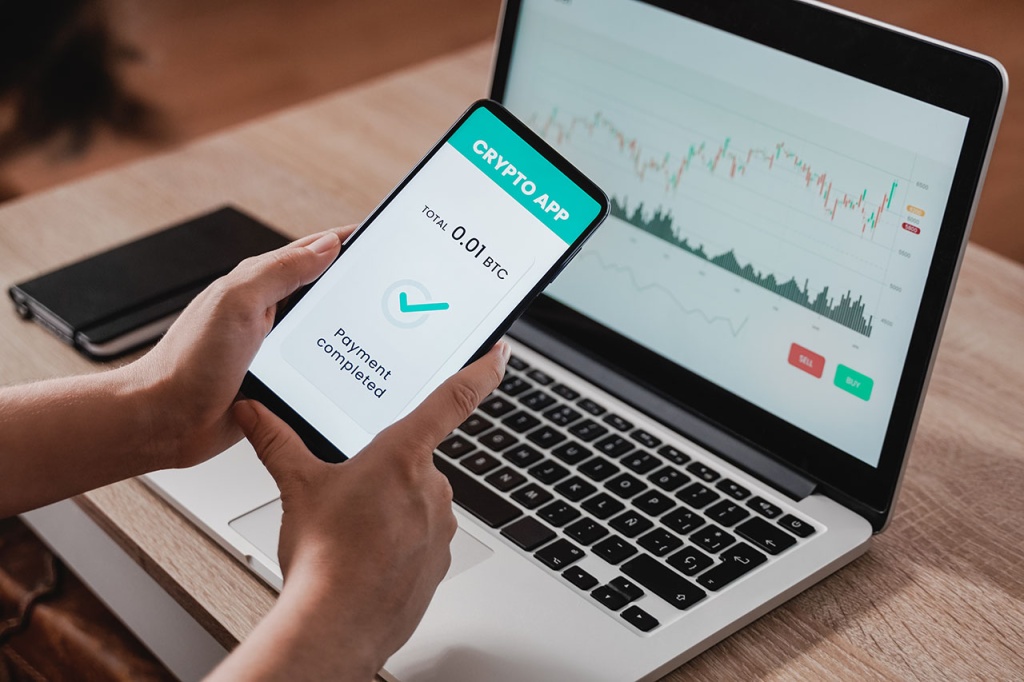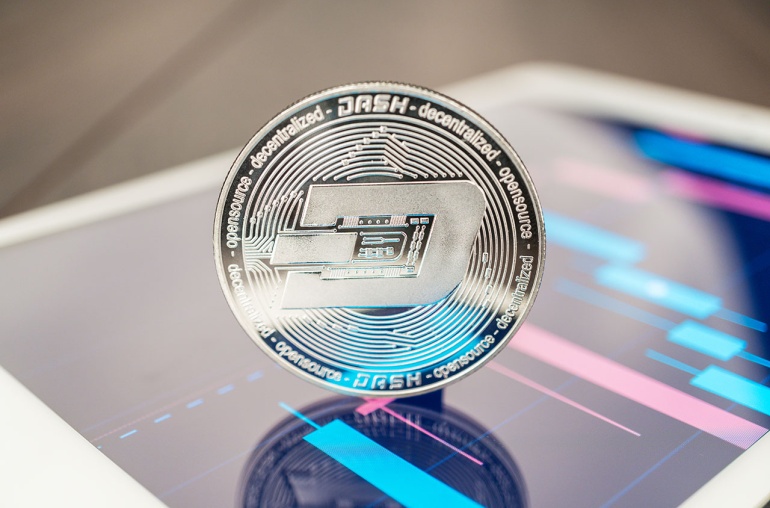Simply put, Solana is an open-source and public Blockchain that provides support for smart contracts. These typically include decentralized applications (dApps) and non-fungible tokens (NFTs). The SOL token is native to the Solana Blockchain. It works as a means of transferring value while also delivering network security via staking.
To define it another way, Solana is a cryptocurrency based on the “proof of stake” principle with smart contract capabilities including NFTs and DeFi (Decentralized Finance) dApps. It was created in 2017 by the dynamic entrepreneurial duo of Anatoly Yakovenko and Raj Gokal. The latter is the Chief Operations Officer (COO) and a current board member of Solana. On the other hand, Yakovenko, with a background in system design, presently serves as the Chief Executive Officer (CEO) of Solana Labs.
Solana: How It All Started?
The boom in NFT and DeFi spaces has caused a significant rise in transaction fees on Ethereum. As a result, users have been actively seeking out alternatives with lower fees. The founders of Solana wanted to put together an all-new Blockchain setup that could meet this demand at a global scale.
At the time, the existing Blockchain networks had a maximum capacity of processing roughly 15 transactions every second. In contrast, MasterCard and Visa were taking care of around 65,000 transactions per second. Today, Solana has the ability to manage the same number of transactions as Visa and MasterCard. The cheaper cost and speed have made it one of the most used Blockchains in the world.
Despite its impressive growth, Solana is still a relatively nascent platform and it hasn’t all been plain sailing. The network has been a subject of criticism within the crypto industry. Many are skeptical of the sustainability of this Blockchain system, arguing that its incredible transaction speed and ultra-low fees are only possible because Solana has compromised on decentralization.
How Does the Solana Blockchain Work?
Solana functions through a combination of two systems known as “proof of history (PoH)” and “proof of stake (PoS).” The latter is an algorithm that enables a Blockhain network to preserve highly accurate info among all its participants/members.
Proof of Stake
Through a proof of stake, a cryptocurrency owner pledges (stakes) their coins to a “validator.” This is a computer that runs Solana with its own version of a Blockchain setup. You can think of a validator as being equal to a miner in a “proof of work” Blockchain such as that used by Bitcoin traders.
However, the working principle of Solana is somewhat different. Rather than go up against other computers and prepare complex puzzles as is the case in a “proof of work” network, validators in a “proof of stake” system add a new block of transactions to the Blockchain according to the size of their stake (number of coins pledged), the duration they’ve been staked for, and some other factors.
The aim is to gauge the commitment of all network members/participants and offer rewards for their dedication. With regard to system security, the larger a stake relative to total circulation, the more decentralized the Solana Blockchain will be. And greater decentralized will enhance better system security.
Proof of History
“Proof of history” is a method of verifying transactions by ensuring that they’re all in the right order and found by the correct leader. The Solana Blockchain is normally divided into “periods of time” or “slots” in which a validator inserts all necessary transaction info and creates a “block.” In this mechanism, leaders are picked ahead of every slot to save valuable time.
A validator (node) is selected as a slot leader using the “proof of stake” approach. It’s usually the one with the biggest amount of SOL held. Every validator has to keep track of all the slots. This is called “proof of history” sequencing. They also analyze all new transaction blocks to make sure they’re added to the right slots.
“Proof of History” Working Process
The following steps outline the “proof of history” working procedure within a Solana Blockchain.
- Slot One is assigned to Validator A, who takes 5 seconds to locate the next block.
- Validator B is responsible for Slot Two, who also takes 5 seconds to find the next-in-line block. This takes the total time to 10 seconds.
- Slot Three goes to Validator C, who consumes another 5 seconds to find the next block of info. By the time this process ends, 15 seconds have gone by.
The same amount of time is taken by each validator to complete the procedure. Looking at the above-mentioned steps again, you’re aware that Slot Three has been allocated to Validator C. Since each block takes equal time, Slot Three should start from the 10-second mark. In other words, Validator C cannot begin their work during the first 10 seconds.
Given that all validators can see the “passage of time” tally, the slot leaders are confirmed in advance. As a result, every member of a Solana Blockchain is aware of the time a particular leader is supposed to start working.
Final Words: What Sets Solana Apart?

Solana stands out from other Blockchains because of the way it builds consensus among the nodes. The “proof of history” method has its advantages. However, concerns about Solana’s level of decentralization and voting mechanism continue to be raised by various entities.
In a Solana-based Blockchain network, the nodes are obligated to vote on the blocks and confirm the legitimacy of transactions. This is mandatory for a block to be added to the chain. All the nodes send their votes to the leader who is responsible for verifying and counting them. Once the leader signs off on a block, it’s ready to be included in the chain.
On the contrary, a typical Blockchain, such as the ones used by Bitcoin traders, picks the validators using the “proof of stake” method. The validator then produces a new block of transactions and broadcasts this to all other nodes within the system. Afterwards, the entire network scrutinizes the new block against every other node on the platform. At this point, all nodes can separately choose to accept or reject the legitimacy of the new block.
For more on the evolution of Solana, keep watching this space on The Crypto World.



